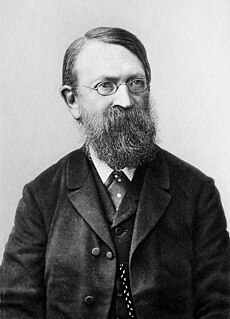What is the place of intellect and consciousness in the universe? This is the subject of my article "Consciousness, a Cosmic Phenomenon" my article* in the Journal of Consciousness Exploration and Research (JCER). According to the hypothesis, mental processes are analogous to physical ones; like photons and emotions, the fundamental forces of motivation carry energy. Through inspiration, photons generate light, and emotions help recover mental balance.
Cosmological evolution, which increases complexity, culminates in the intelligent mind; it also gives rise to the poles of the universe, the black and the white holes. Thus, just like material particles, the intellect is an elementary constituent of the cosmos.
At the time of death, the sensory organs cease to operate. An electric spike can be measured about 60 to 120 ms after the body becomes pulseless. Without sensory interaction, the mind moves toward its polar position, information, or energy. The polarization triggers a journey toward one of the poles of the cosmos. An energy-rich, positive mind converges towards expanding white holes, whereas information-saturated negative souls become part of the black hole horizon.
In the expanding white hole, space is infinite, yet everything feels neighborly, and the infinite feels like a moment. The opposite is true for black holes, where the moment feels like an eternity but is weighed down by a two-dimensional tightness, where everything is far and beyond reach. As an elementary particle, the universe joins with the mind and matter into an organizational unity. These three interconnected, interdependent building blocks form a fractal structure. Intelligent life is a microcosm of the universe, and the mind is an active participant in cosmic evolution.
Learn more about consciousness on my YouTube channel
Sign up for my mailing list to make sure to see every post.


